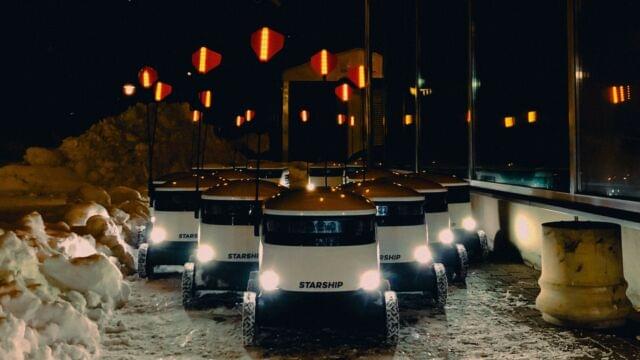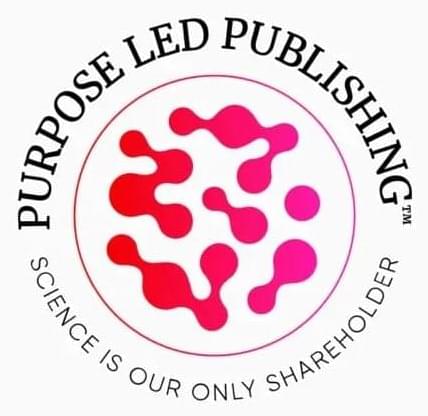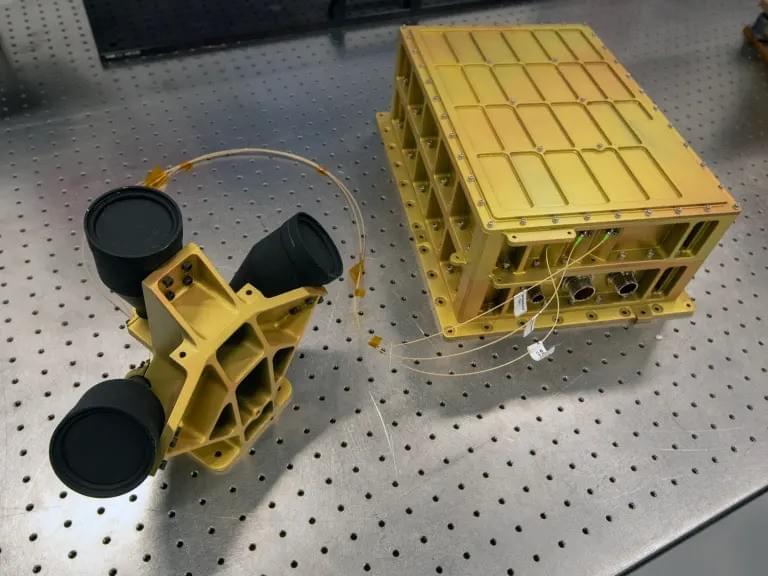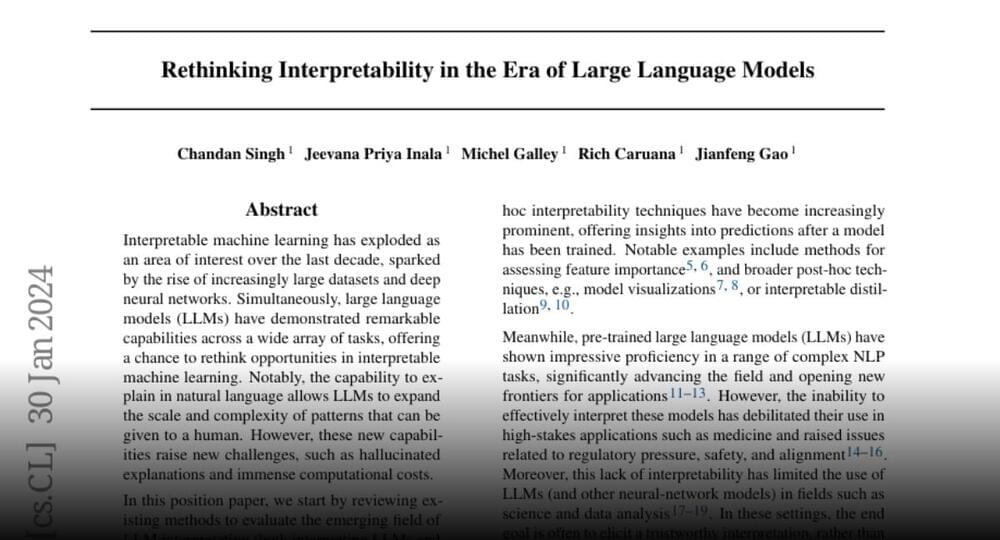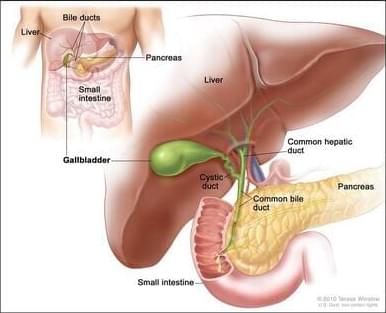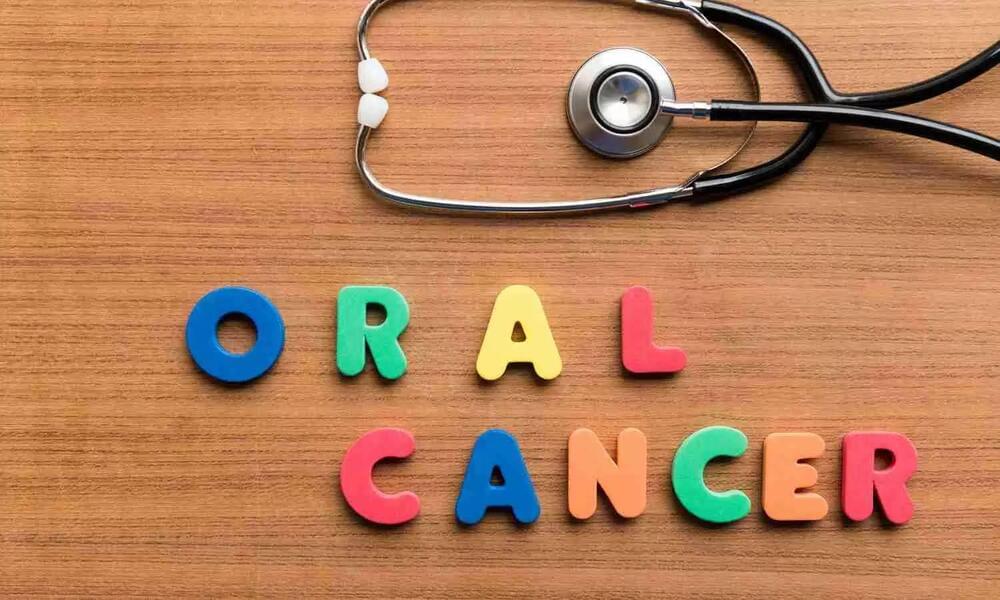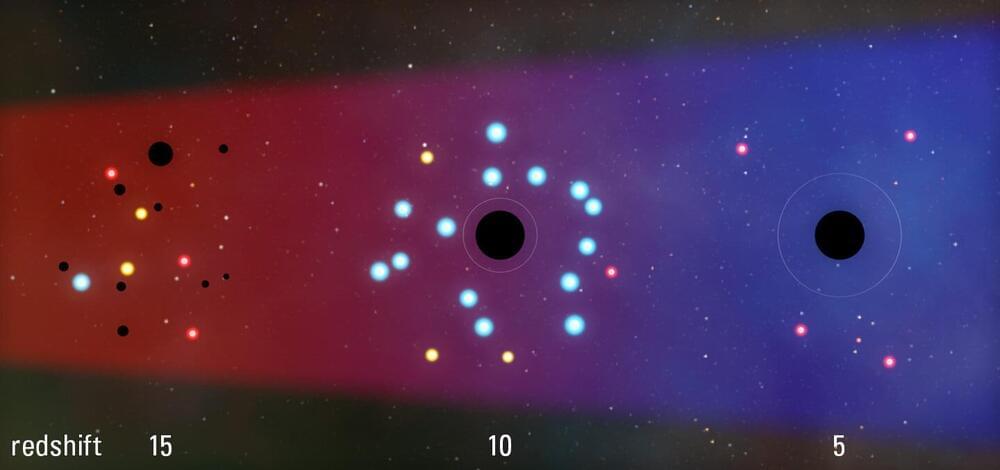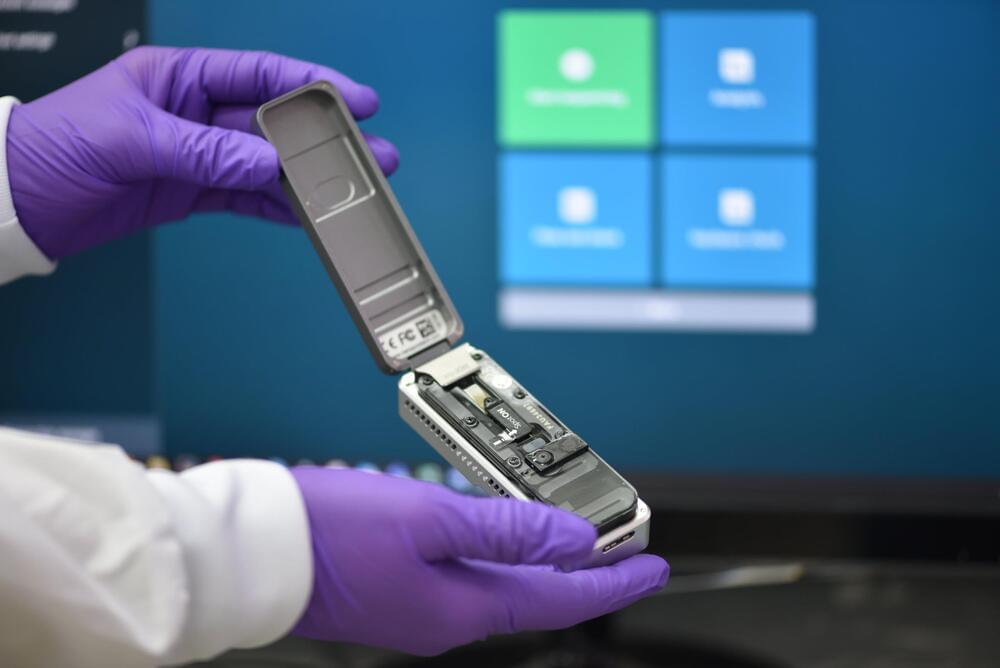
In a recent breakthrough, DNA sequencing technology has uncovered the culprit behind cassava witches’ broom disease: the fungus genus Ceratobasidium. The cutting-edge nanopore technology used for this discovery was first developed to track the COVID-19 virus in Colombia, but is equally suited to identifying and reducing the spread of plant viruses.
The findings, published in Scientific Reports, will help plant pathologists in Laos, Cambodia, Vietnam and Thailand protect farmers’ valued cassava harvest.
“In Southeast Asia, most smallholder farmers rely on cassava. Its starch-rich roots form the basis of an industry that supports millions of producers. In the past decade, however, cassava witches’ broom disease has stunted plants, reducing harvests to levels that barely permit affected farmers to make a living,” said Wilmer Cuellar, Senior Scientist at the Alliance of Bioversity and CIAT.

